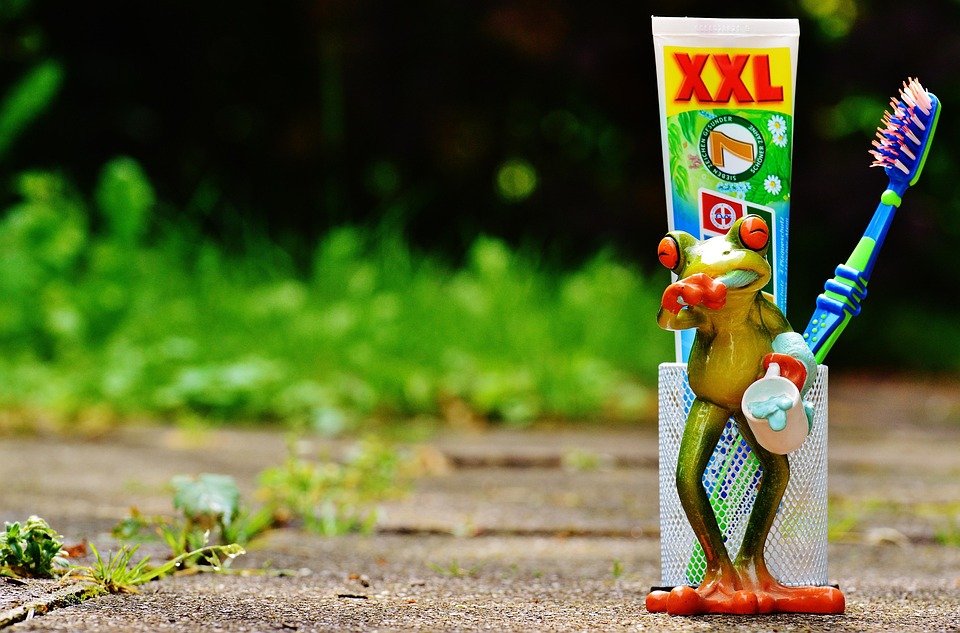What are the acceptance rates for top dental schools?
Okay, so I’m starting to research dental schools, and everyone says they’re incredibly competitive. I keep hearing that the average acceptance rate for dental school in general is pretty low, but I’m really aiming for some of the best programs.
I’m talking about schools like, you know, Harvard, UPenn, UCLA, UCSF, Michigan, maybe even Columbia and NYU. I’m trying to get a realistic picture of my chances.
So, specifically, what are the acceptance rates for those top-tier dental schools? I’m looking for specific percentages, if possible. And if you have any insight into why they are so low, or if there’s anything that can significantly improve my odds (besides having a perfect GPA and DAT score, which I’m working on!), that would be amazing too. I’m really nervous about this whole process!
Answer
Acceptance rates for top dental schools are highly competitive, often falling within a narrow range reflecting the limited number of seats available compared to the large pool of qualified applicants. These rates can fluctuate slightly from year to year, but the following figures provide a general idea of the selectivity of some of the leading dental programs in the United States.
Factors Influencing Acceptance Rates:
Several factors contribute to the low acceptance rates at top dental schools:
-
High Number of Applicants: Prestigious dental programs attract a large volume of applications from students with strong academic records, DAT scores, and extracurricular experiences.
-
Limited Class Size: Dental schools typically have a limited number of seats available in each entering class, which constrains the number of students they can admit.
- Holistic Review Process: Dental schools employ a holistic review process that considers a wide range of factors beyond academic metrics. This includes experiences, personal qualities, and a demonstrated commitment to the field of dentistry.
Estimated Acceptance Rates for Select Top Dental Schools:
The acceptance rates of these schools usually range from 1% to 10%.
-
University of California, San Francisco (UCSF) School of Dentistry: Historically, UCSF has one of the lowest acceptance rates, often falling in the range of 1%-4%.
-
University of Michigan School of Dentistry: Acceptance rates typically range between 2%-6%.
-
University of North Carolina at Chapel Hill Adams School of Dentistry: The acceptance rate is also low, usually around 3%-7%.
-
University of California, Los Angeles (UCLA) School of Dentistry: UCLA’s acceptance rate generally falls between 1%-5%.
-
Harvard School of Dental Medicine: Harvard’s acceptance rate is among the most selective, typically around 1%-4%.
-
University of Pennsylvania School of Dental Medicine: The acceptance rate for Penn Dental Medicine typically ranges from 3%-8%.
-
Columbia University College of Dental Medicine: Columbia’s acceptance rate generally falls in the range of 3%-8%.
- New York University (NYU) College of Dentistry: While NYU has a larger class size than some other top schools, its acceptance rate remains competitive, typically between 6%-10%.
Important Considerations:
-
Varying Data: Acceptance rates can vary slightly from year to year based on the applicant pool and changes in program capacity. The data presented are approximate and based on publicly available information and historical trends.
-
Holistic Admissions: It’s important to remember that acceptance rates are just one aspect of the admissions process. Dental schools consider a range of qualifications, including academic performance, DAT scores, letters of recommendation, extracurricular activities, research experience, and personal qualities.
-
Applicant Pool: Acceptance rates can be influenced by the overall strength of the applicant pool in a given year. A particularly strong applicant pool may result in a lower acceptance rate.
- In-State vs. Out-of-State: Some public dental schools may have different acceptance rates for in-state and out-of-state applicants.
To obtain the most up-to-date and precise acceptance rates, it is recommended to consult the official websites of the individual dental schools or the American Dental Education Association (ADEA).

